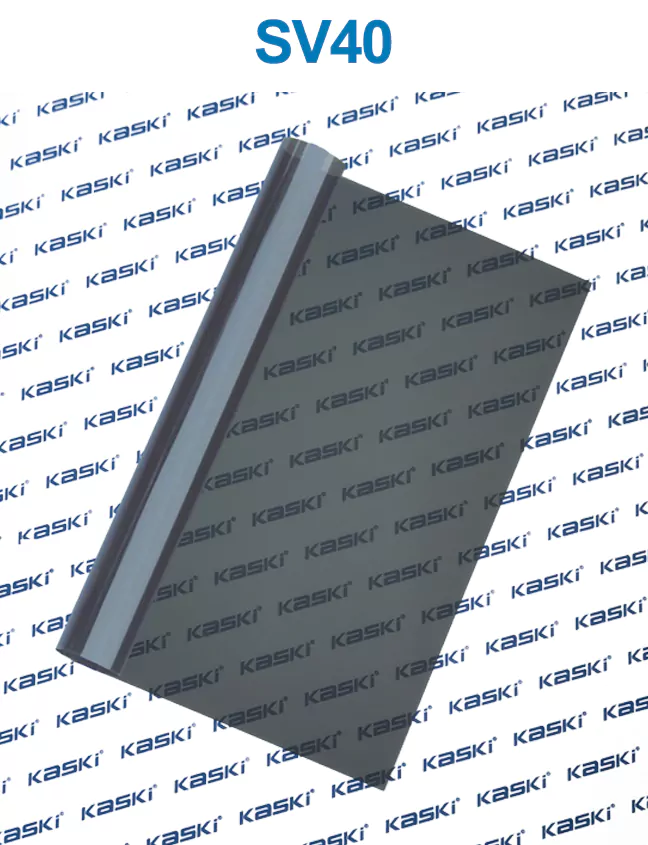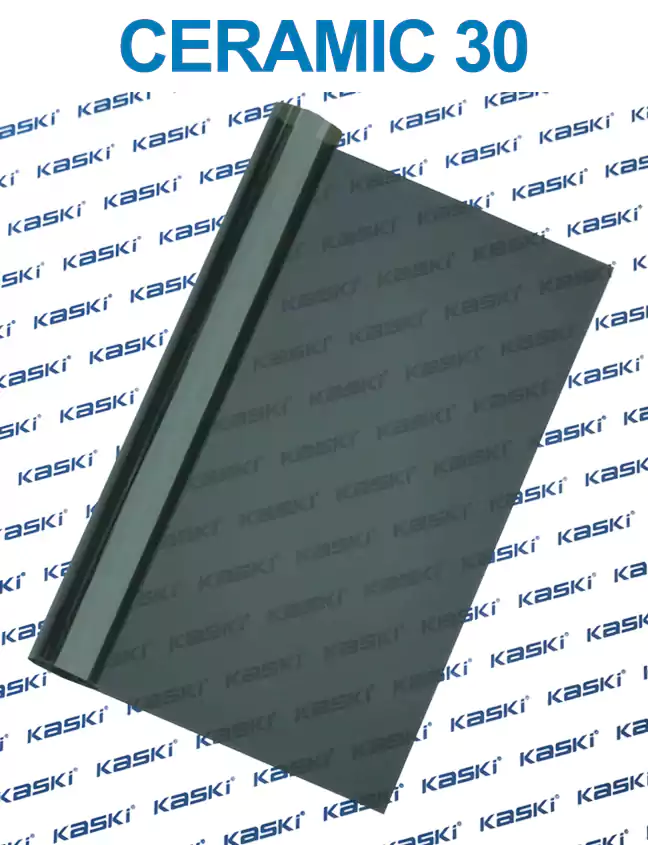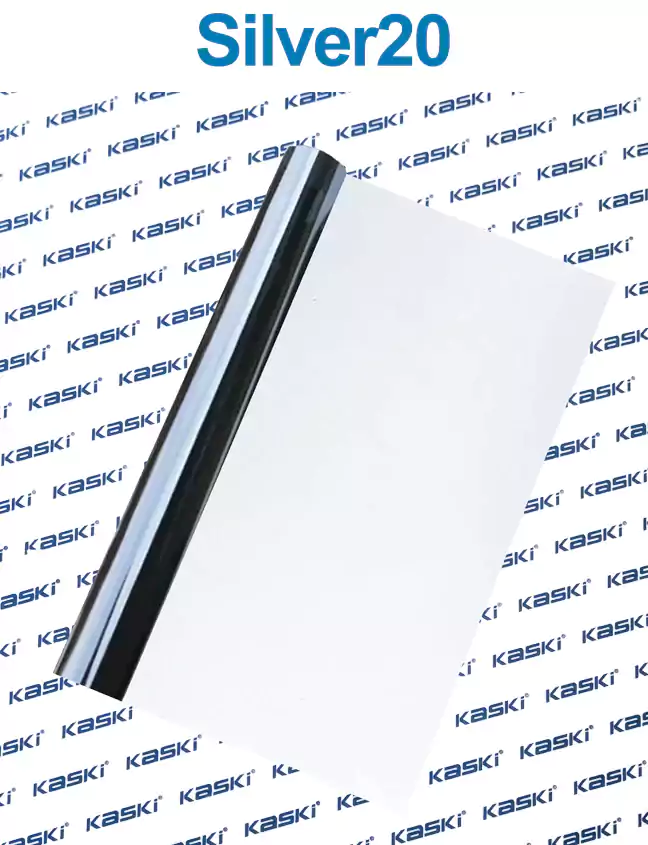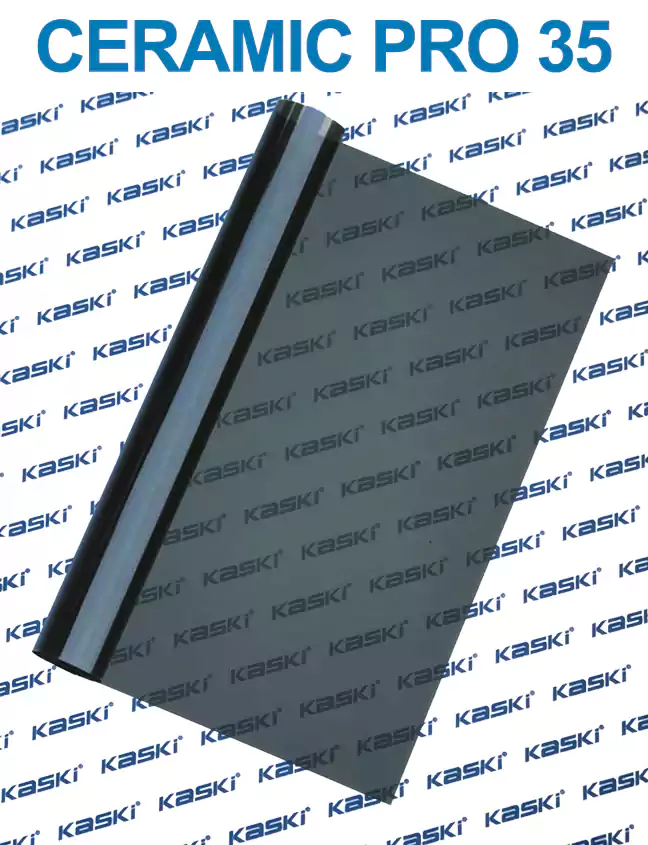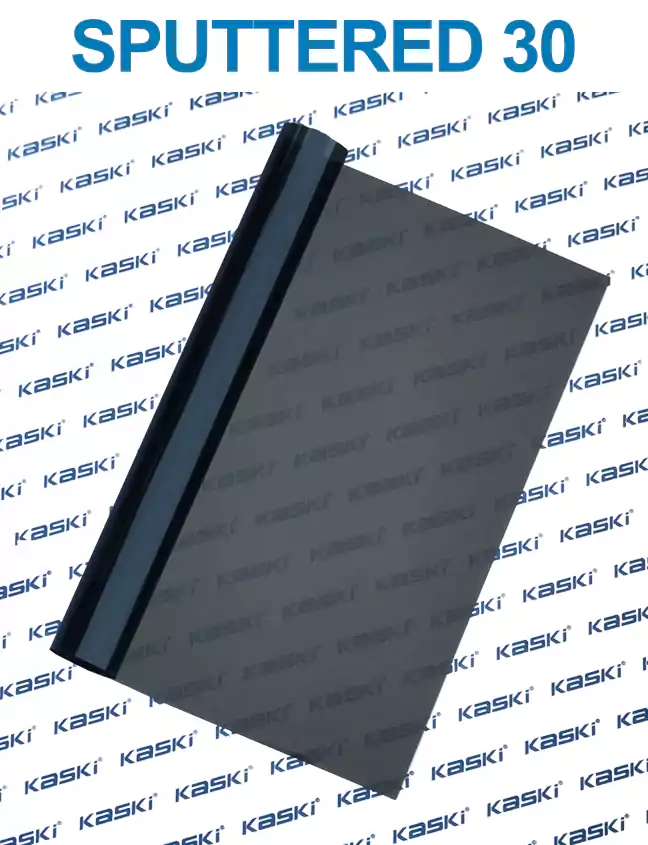Automotive window tinting is a popular and practical solution for drivers looking to enhance their vehicle's appearance, comfort, and energy efficiency. By applying a thin, specialized film to the car's windows, drivers can enjoy a host of benefits, from reduced glare and heat to increased privacy and protection from harmful UV rays.
In this comprehensive guide, we'll explore the principles of automotive window tinting, the various advantages it offers, and provide a detailed installation case study to help you understand the process better.
The Principles of heat control window film
Window tinting works by applying a thin, transparent film to the car's windows. This film is designed to block a significant portion of the sun's infrared and ultraviolet rays, while still allowing natural light to pass through. The tinting material is typically made from a combination of dyes, metals, and adhesives, which are carefully engineered to provide the desired level of tint and performance.
The tinting film is applied to the inside of the car's windows, ensuring that it doesn't interfere with the structural integrity of the glass. The film is then carefully trimmed and smoothed to create a seamless, professional-looking finish.
Advantages of Automotive Window Tinting
1. Reject the Sun's Heat: Automotive window tinting can significantly reduce the amount of heat that enters the car, making it more comfortable for passengers and helping to reduce the strain on the vehicle's air conditioning system.
2. Protect Decorative Curtains and Blinds: By blocking harmful UV rays, window tinting can help preserve the color and condition of your car's interior, including any decorative curtains or blinds.
3. Increase Comfort and Energy Efficiency: By keeping the car cooler, window tinting can improve the overall comfort of the vehicle and reduce the amount of energy required to maintain a comfortable temperature.
4. Make Your Home Bright and Comfortable: Window tinting can also be applied to the windows of your home, providing the same benefits as automotive tinting and helping to create a more comfortable living space.
5. Stay Cooler in the Summer: By blocking up to 99% of harmful UV rays, window tinting can help keep your car cooler during the hot summer months, reducing the need for excessive air conditioning and saving you money on fuel costs.
6. Block Up to 99% of Harmful UV Rays: Automotive window tinting is highly effective at blocking UV rays, which can be damaging to both the interior of your car and your skin.
7. Without Blocking Your View: The latest advancements in window tinting technology have resulted in films that are highly effective at blocking harmful rays while still allowing for clear visibility, ensuring that you can safely operate your vehicle.
Installation Case Study: Tinting a Toyota Camry
To provide a more detailed understanding of the automotive window tinting process, let's take a look at a case study involving a Toyota Camry.
The vehicle in question was a 2019 Toyota Camry, which the owner wanted to have tinted to improve the car's appearance, reduce glare, and enhance the overall driving experience.
The tinting process began with a thorough cleaning of the vehicle's windows, ensuring that the surface was free of any dirt, debris, or contaminants that could interfere with the adhesion of the tinting film.
Next, the tinting film was carefully measured and cut to fit the specific dimensions of the Camry's windows. This included the side windows, rear glass, and windscreen. The tinting film used in this case was a high-quality, ceramic-based product that was designed to block up to 99% of harmful UV rays while still allowing for excellent visibility.
Once the film was cut to size, it was carefully applied to the inside of the car's windows, using a specialized tool to ensure a smooth, bubble-free application. The edges of the film were then trimmed and sealed to create a seamless, professional-looking finish.
The entire installation process took approximately 2-3 hours, and the results were impressive. The Camry's interior was noticeably cooler, and the driver and passengers experienced a significant reduction in glare and eye strain. The tinted windows also added a sleek, modern look to the vehicle, enhancing its overall appearance.
Testimonials
"I couldn't be happier with the results of my heat control window film. The process was quick and easy, and the difference in comfort and appearance is remarkable. I highly recommend this service to anyone looking to improve their driving experience." - Sarah, Toyota Camry Owner
"As a busy parent, I was concerned about the impact of the sun's rays on my children's skin and the interior of my car. The automotive window tinting has been a game-changer, providing us with the protection we need without compromising visibility or style. I'm thrilled with the outcome and would recommend this service to anyone." - Michael, Honda Pilot Owner
In conclusion, automotive window tinting is a practical and effective solution for drivers looking to enhance their vehicle's appearance, comfort, and energy efficiency. By understanding the principles of tinting and the various advantages it offers, you can make an informed decision about whether this service is right for you.


